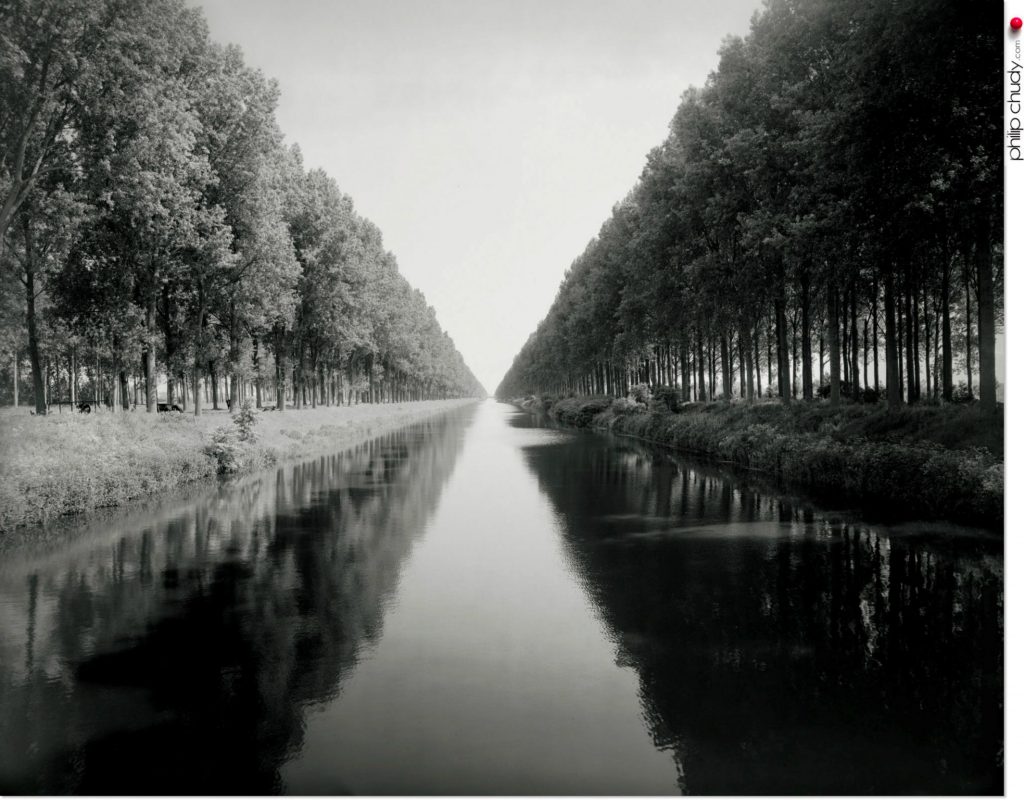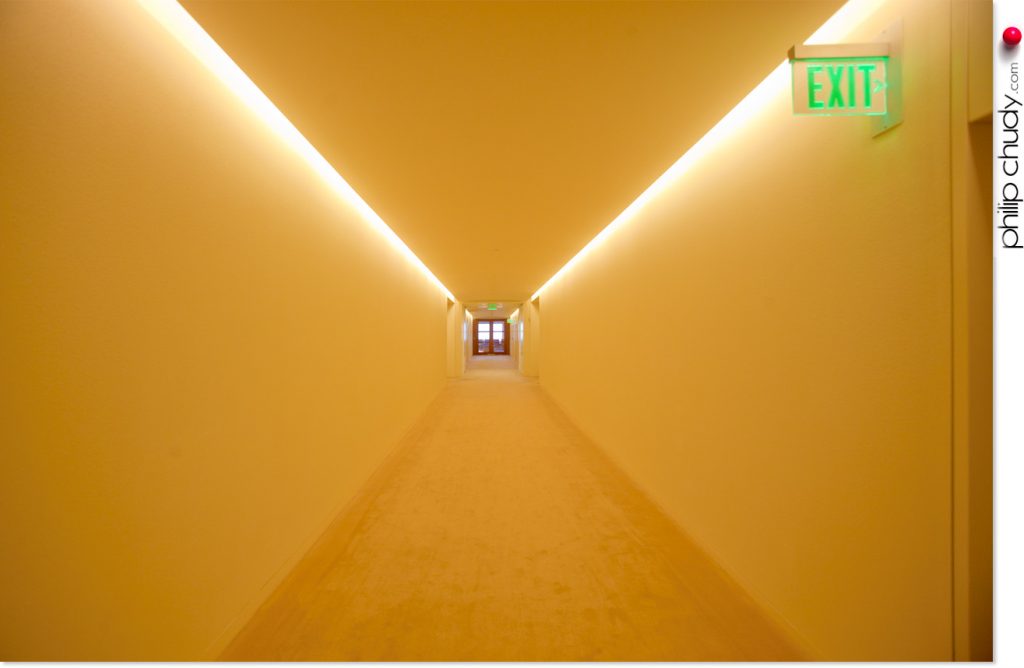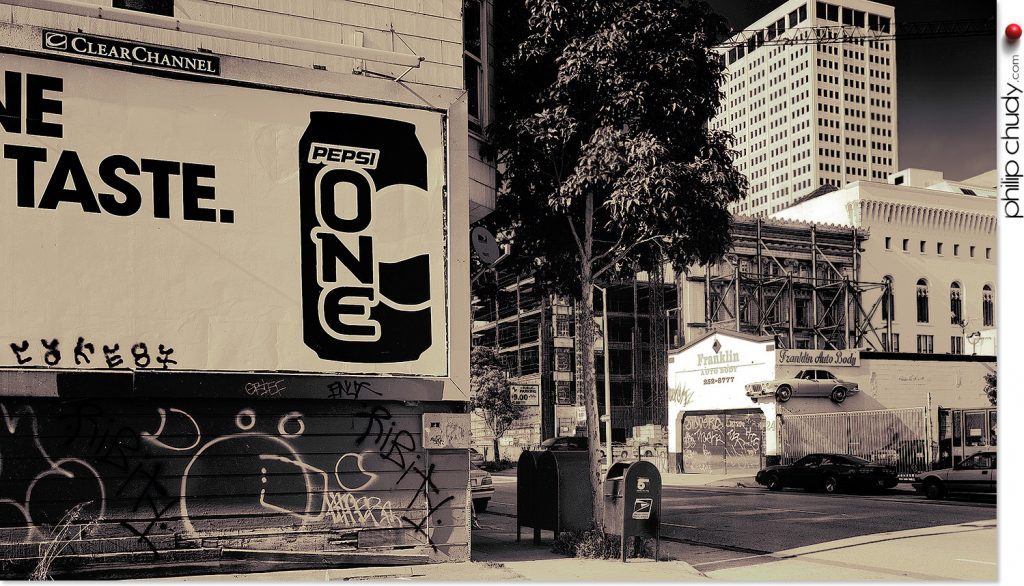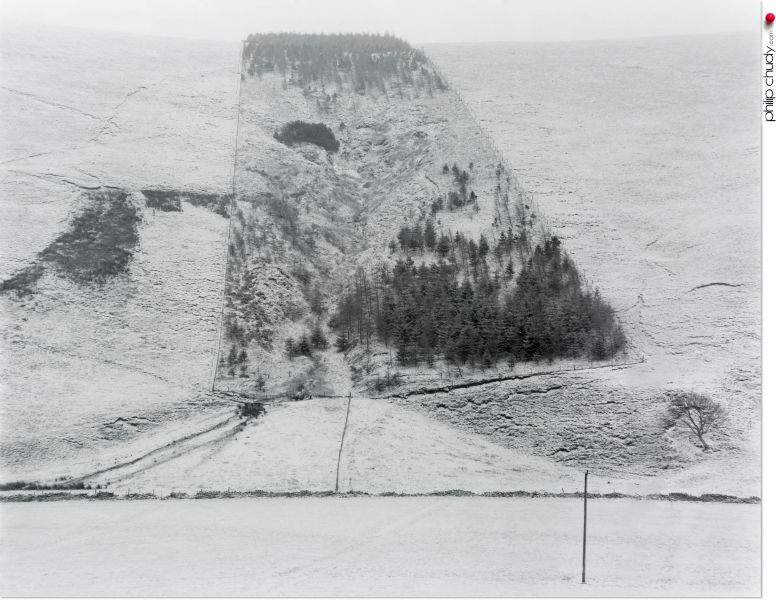NFT was interesting for a moment as it promised – for the very first time – a viable market for fine art collectors, for ‘moving stills’. and that created a small flurry of creativity in this area.
But NFT seems to be revealing itself to have been a nice tech experiment – conducted with cooperation with generous artists – but mostly a mirage in terms keeping artists alive.
Movies and computer games are big enough to command market value – but they are more functional or ‘entertainment’. Even they fail to deliver ‘art collectors market value’ in the same way as physical art works.
‘Moving stills’, which occupy what I like to call a ‘cameo space’, somewhere in between those two has long been ambivalent in terms of ‘fine art collector value’. It seems poised to remain that way indefinitely. At the same time they offer a similar artistic value/experience as looking at a painting on a wall. Indeed they might even be proudly displayed on art gallery walls. A gallery can charge entry fees but who wants to collect/own the art piece.
If this makes one sand and one needs to hype up compensation for in some way, it might be said that ‘cameo space is where true Art resides’ – simply because no one wants to own it or collect it. They either see it and and try to extract some higher value out of it – or they don’t.
If people cannot own it – does that mean that it is aesthetically ignorable, the way daily reality is? It is a product of human creativity, if that counts for anything in our emotional value system.
Author: artphilipchudy
https://artphilipchudy.com/galleries/static2022/ (95 images)
Some months ago, I created a series of 6 VR galleries, each with 6 new digital art works to show off a few of my work from 2022. Most of the work featured there were animated pieces.
A number of individual moving art pieces have been featured here in artstories. Static images have been somewhat neglected thus far.
So much for all the waning NFT hype. And meanwhile the static images I produced in 2022 were laboriously rendered in quite high resolution and are suited to decent scruitible sized wall prints.
Feels weird to say – there is a totally different mentality applicable to traditional wall art which extends beyond the miserly, myopic on-screen NFT aesthetic.
So may as well break out from that straightjacket and celebrate the print aesthetic for this lot – in isolation – in this new gallery.
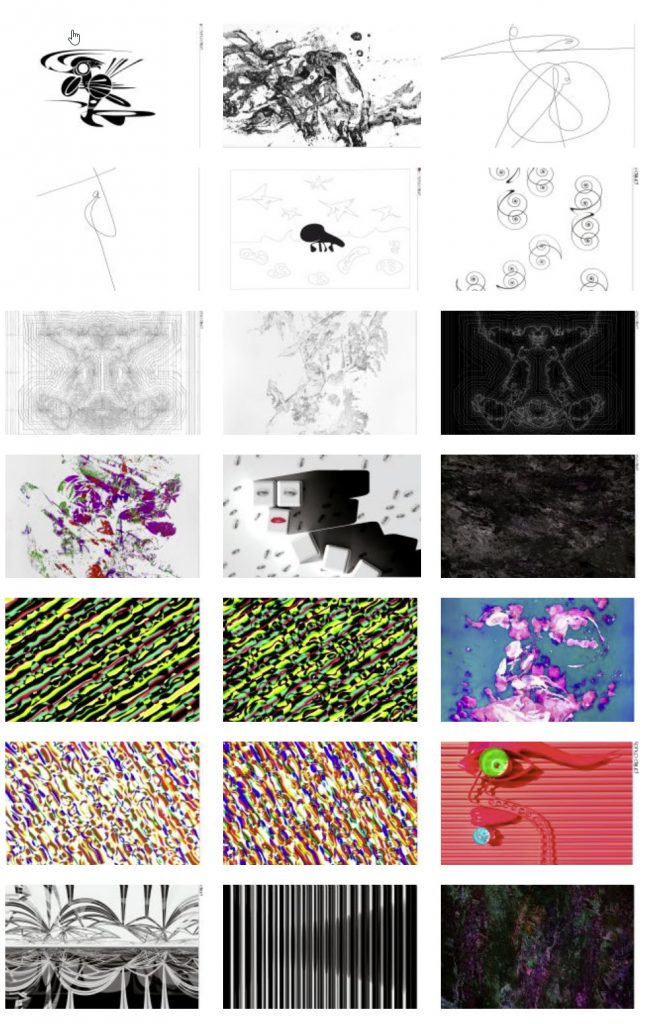
Occasionally, in conversation, I refer to my proto and early digital/CG imagery (as I did here on this site) and thought it time to present a token gallery of that work in one place. So – here it is.
https://artphilipchudy.com/galleries/retro/#1 (103 images)
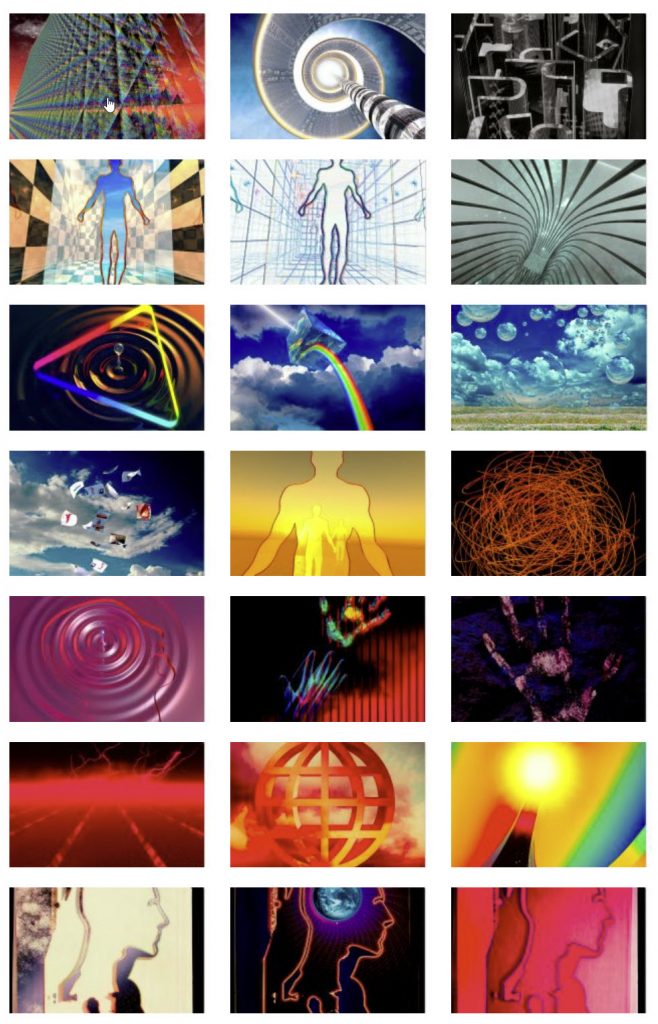
VR GALLERY INTRO: SHORT VIDEO
I created this quick 50 second video for a Twitter tweet intro to the new VR galleries.
MOONLAPSE1
VIEW HIGH REZ MOONLAPSE1 IN A NEW TAB HERE
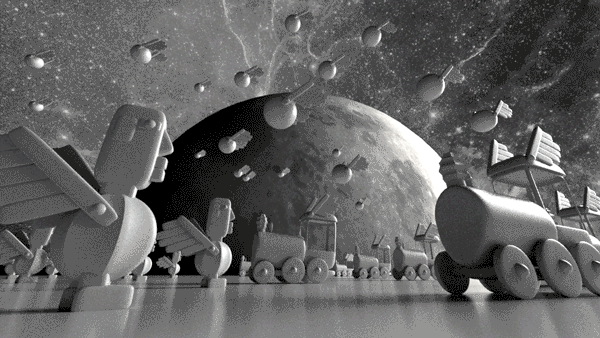
SHARDBALL-1
SEE HIGH REZ SHARDBALL-1 IN A NEW TAB HERE
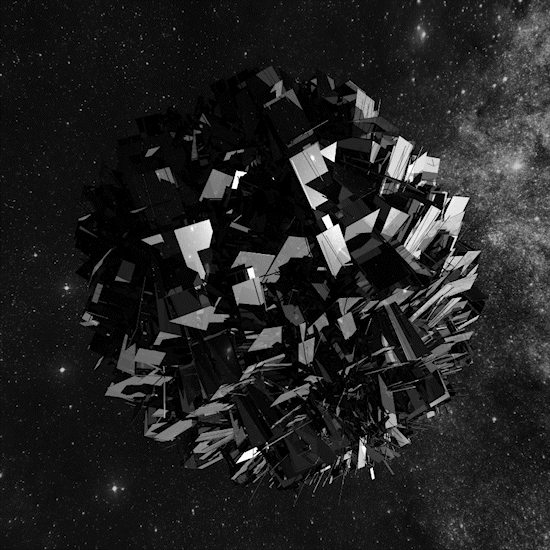
DANCING PLAYA PILLARS

KEEPING AN EYE OUT
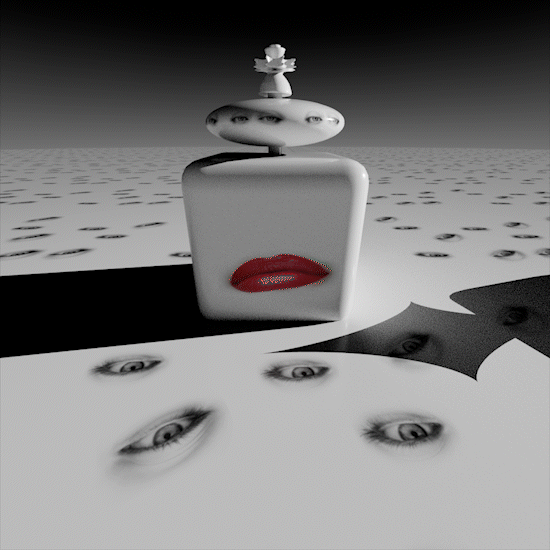
AYE EYE

SPIRAL 2

SPIRAL 1
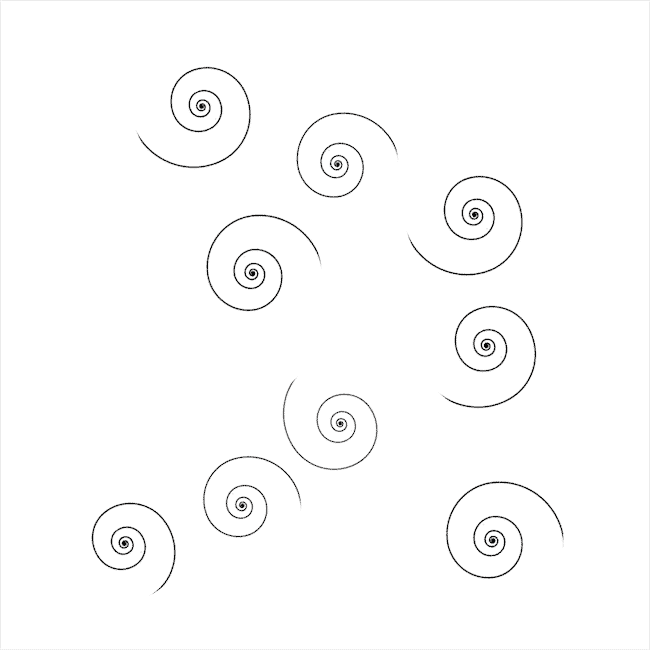
Spirals2
SECOND SHARD BALL
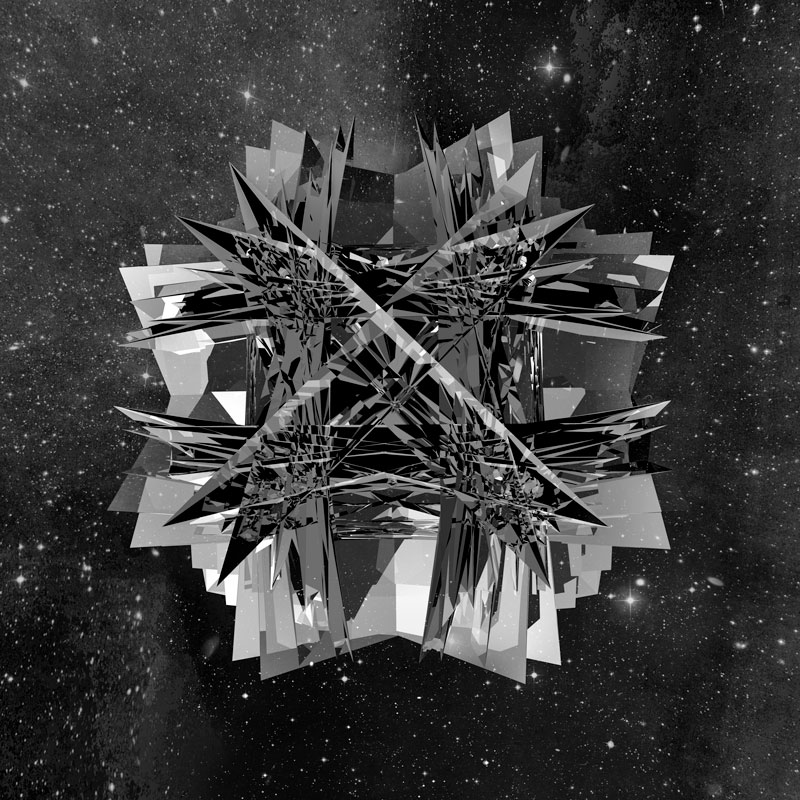

VERTIGO1
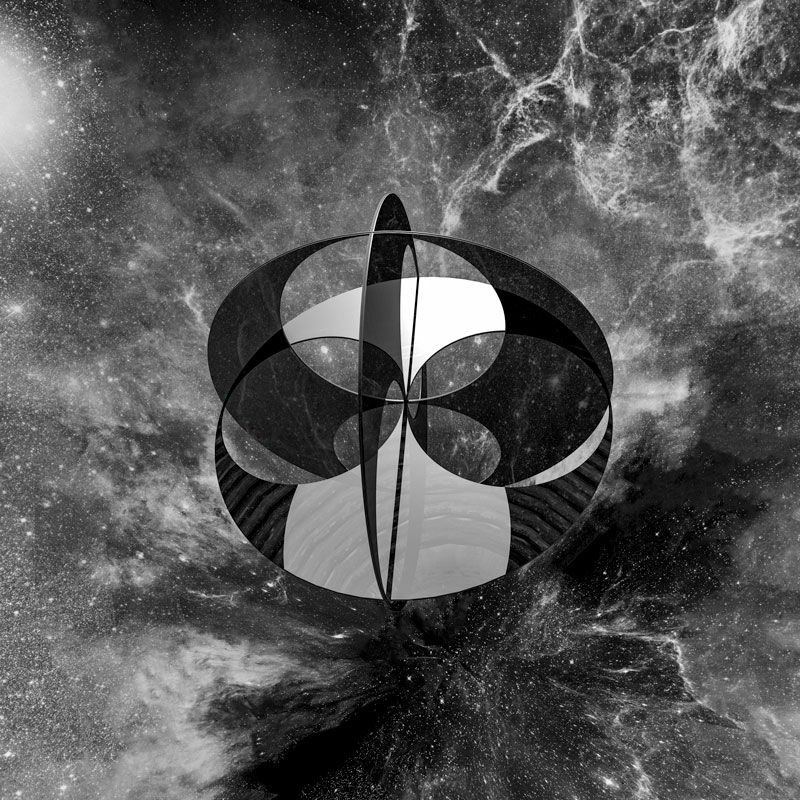
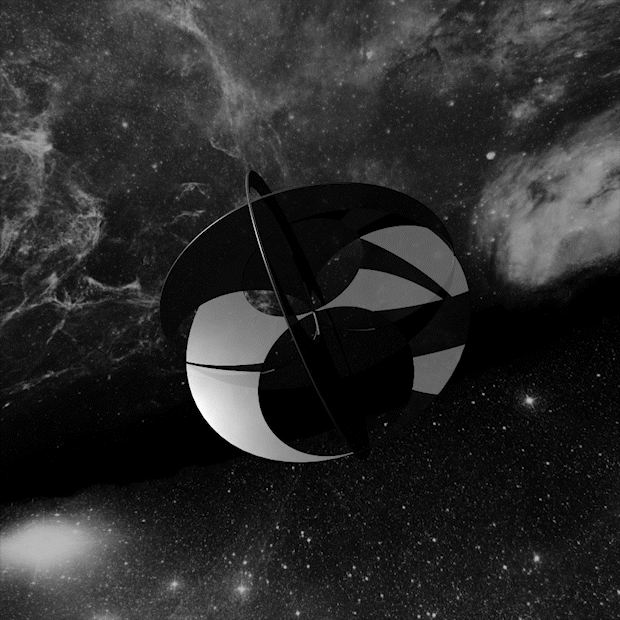
MIRROR1

TUMBLING SPHERES
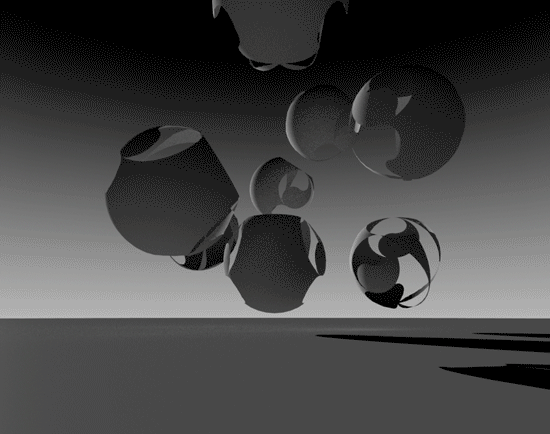
WIRETURN
Animations run smooth, after fully downloading.
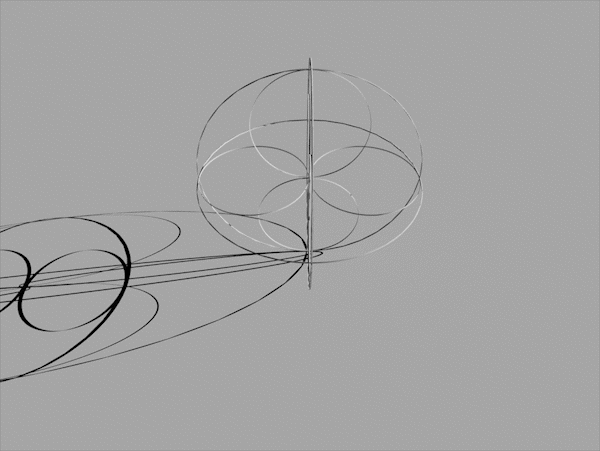
PILLAR TO POST – NEW CRYPTO ANIMATION
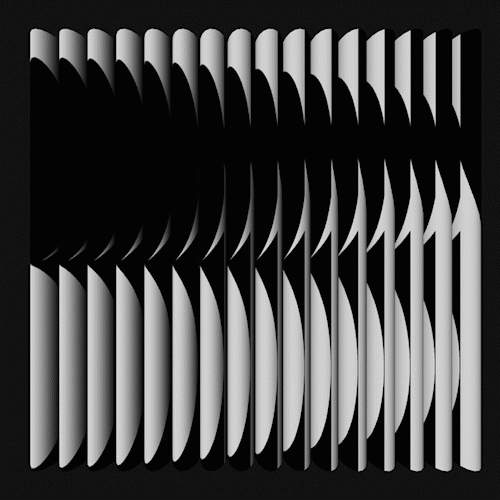
TWO NEW ROTATING CRYPTO ANIMATIONS

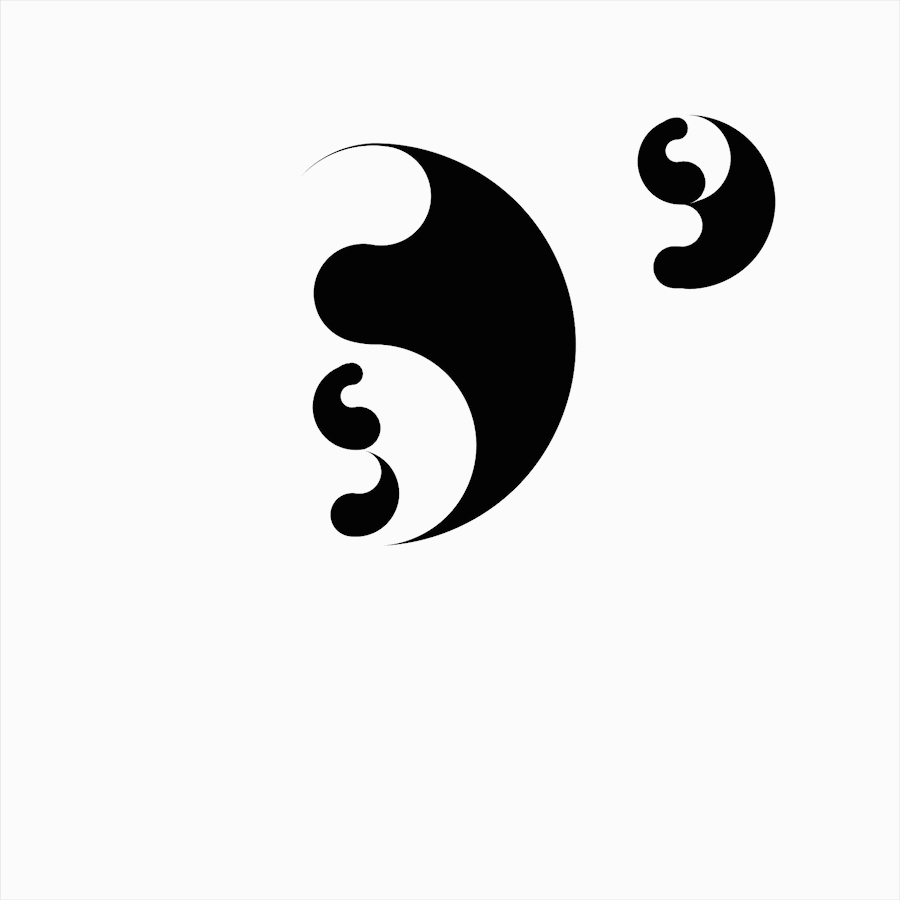
Forming a drop set – due soon. These two moving images fit into a large, longer term body of my work, in the sense of being formed hard edged black and white expressive shapes. Negative space is as important as positive. As such, Yin Yang were appropriated components with this pair.
SIX NEW ANIMATIONS
I am working on a couple more in a similar vein but here are six to enjoy for now.
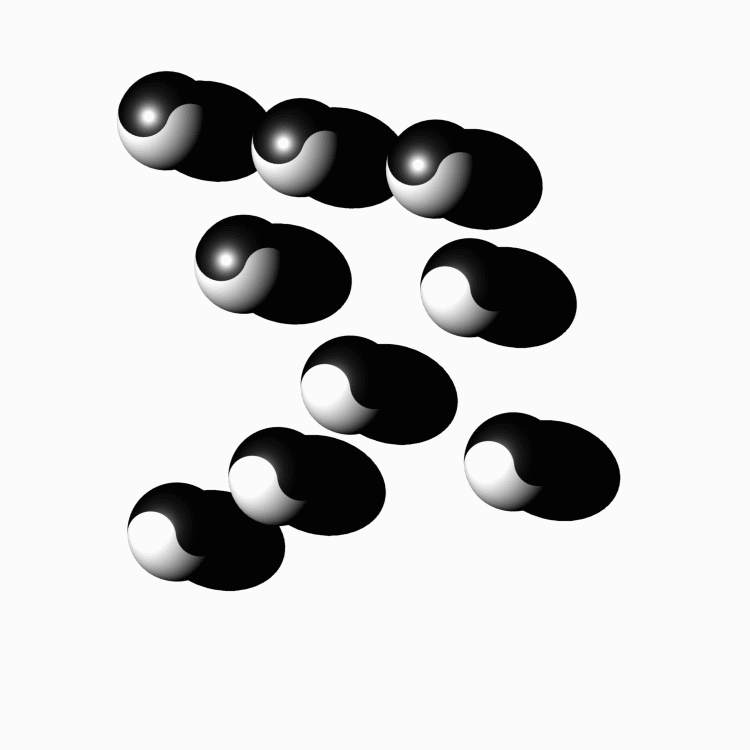
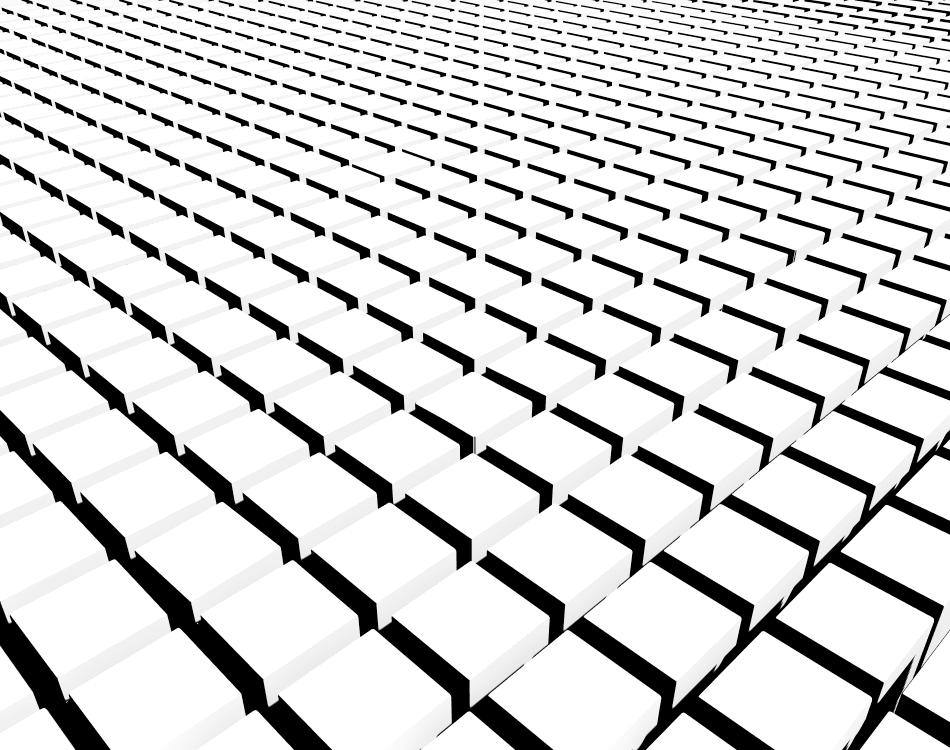
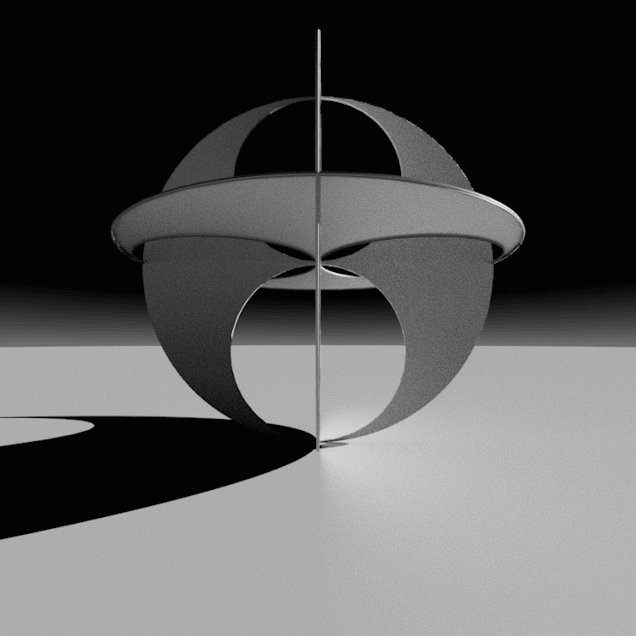
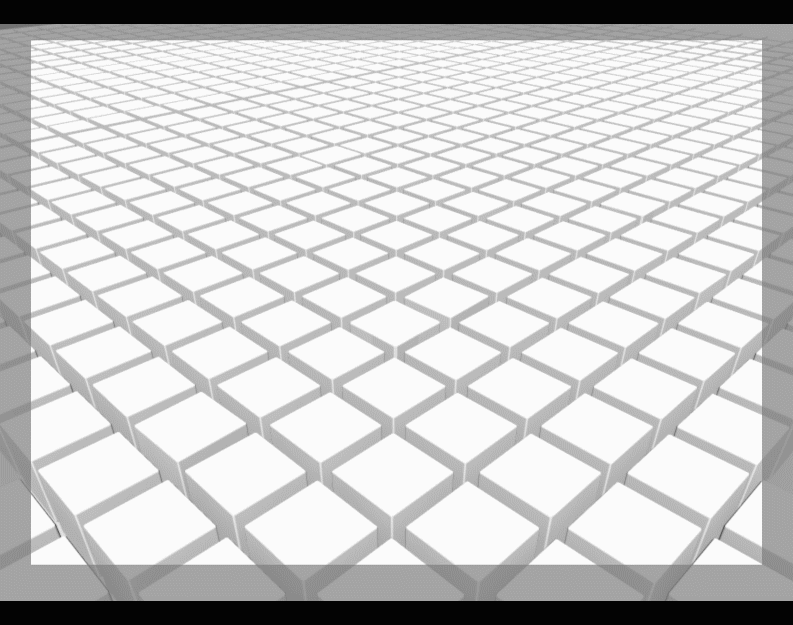
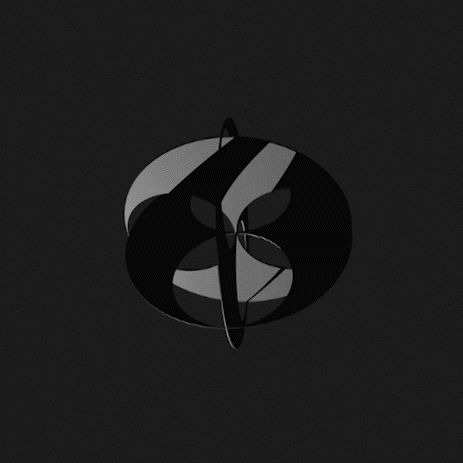
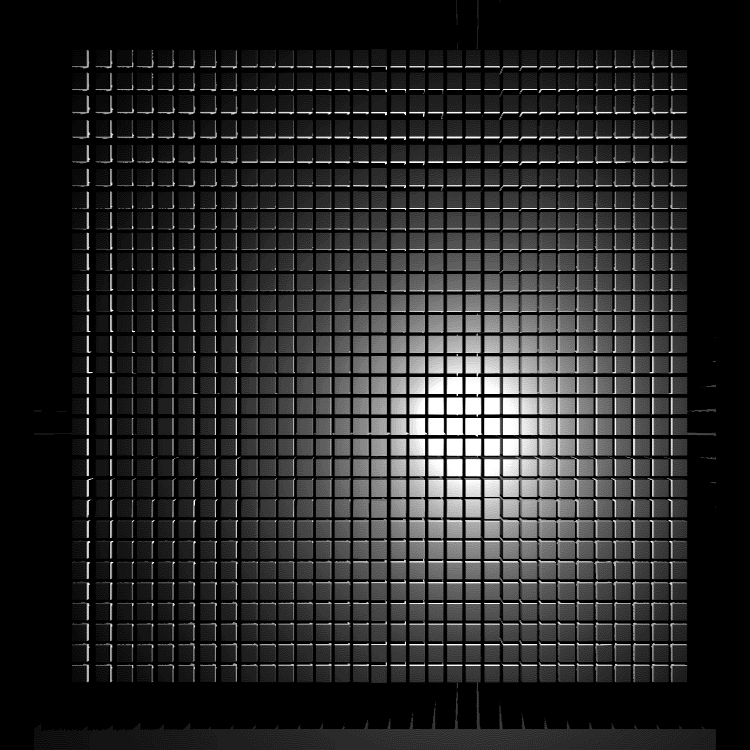
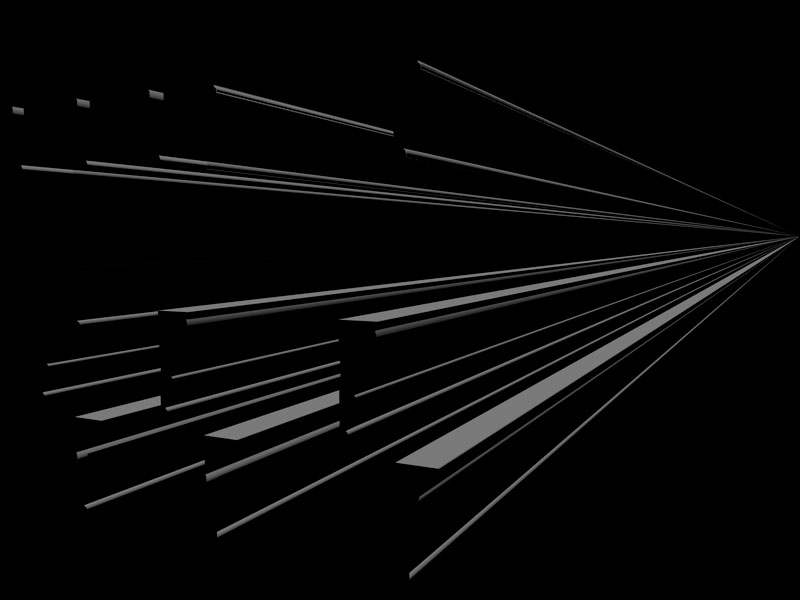

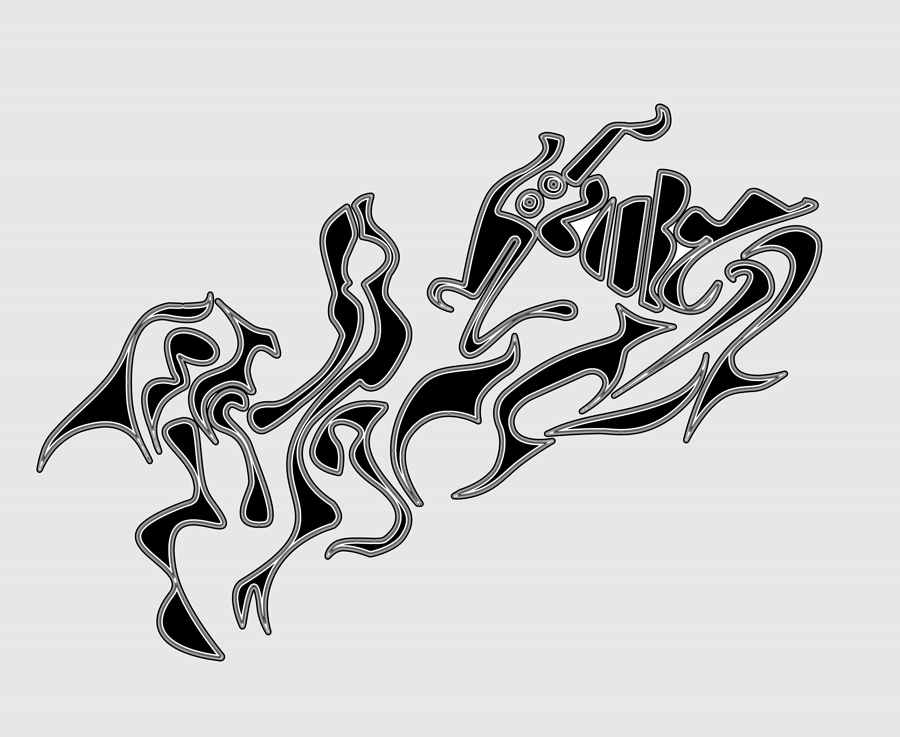

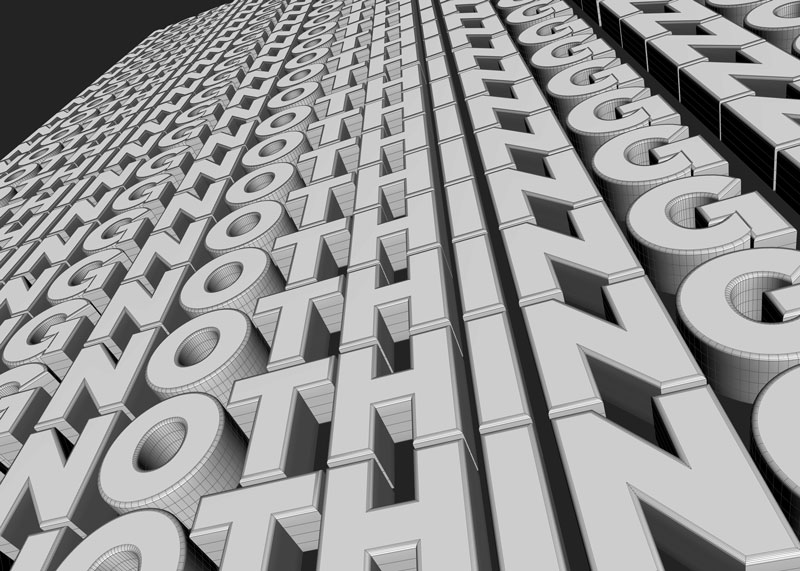

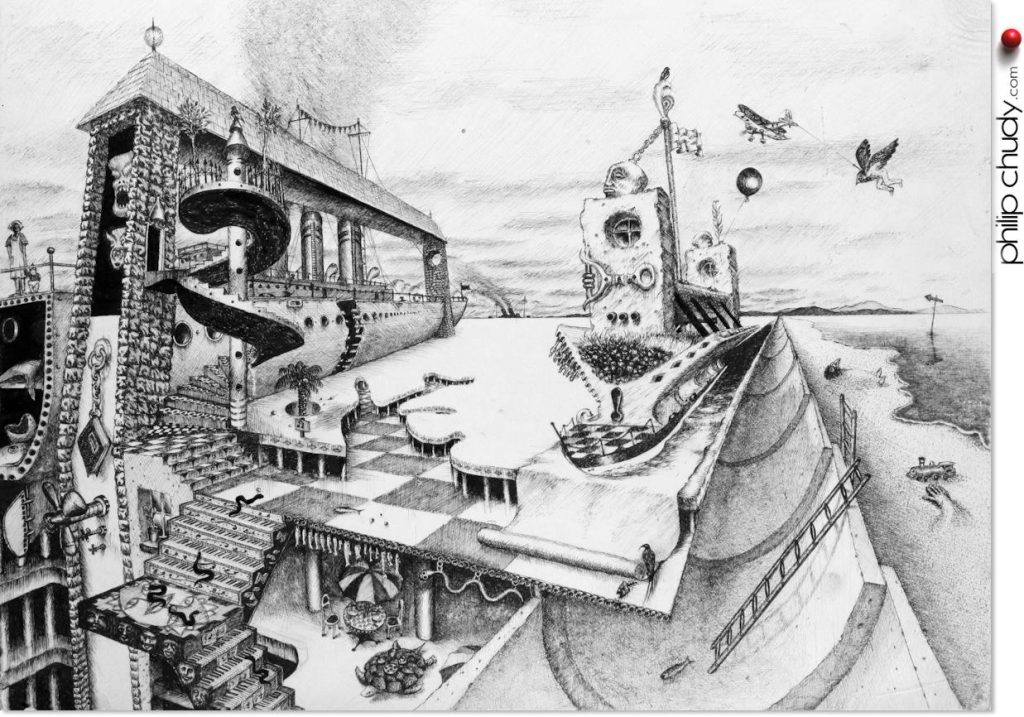
The collection currently comprises complex surreal drawings and minimalist pen and ink line/shape images. 3D digital

Many of the images in this series feature ‘shapes’, which appeal to Rorschach style interpretation. Images from the ‘representative’ and ‘abstract’ series tend to ‘animate’ within the brain, in an ‘Op Art’ manner.

The ‘representative series’ graphic images pay tribute, both to cartoon style depiction as well as zen calligraphy

Cryptoart works, pursuant to this legacy drawings series, are under development, Following my long involvement with 3D CGI, a series of virtual sculptures for interactive display as NFT’s are under development. .
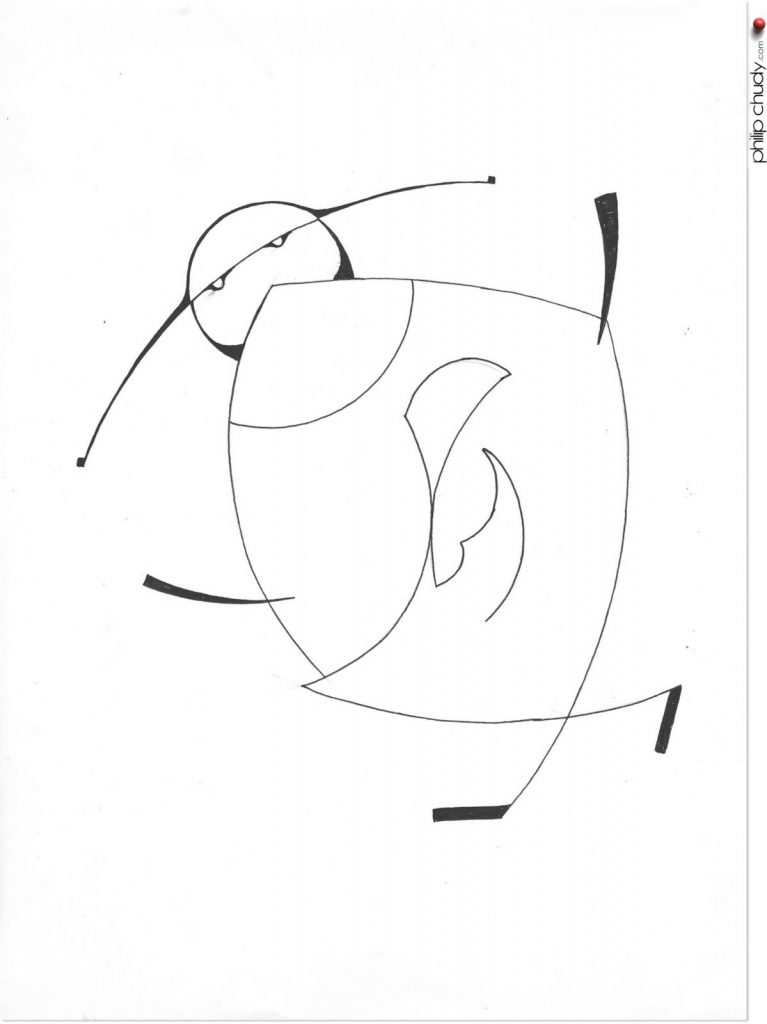
Pen and ink line drawings with analog Zen immediacy contrast digital ‘perfected’ equivalents.
The saying goes, ‘the older I get the better I was”.
‘‘Historically significant‘, ‘unique‘– in the title above, are high sounding claims, but looking back, it seems right. These images are among the earliest and most influential of their sort.
In general, pictures speak for themselves. If they speak to one’s’ sensibility, one tends to like them, .
In the pre Cryptoart era, those images which resonate most with people, usually end up framed and displayed on their walls.
And in the pre-tech/pre-Cryptoart eras, pathfinding, innovative art identified itself and was to be found initially, in ‘pure artistic space’ (galleries, concert halls etc.). Thereafter it was subject to exploitation and commercialization by corporate interests which spread their message more widely.
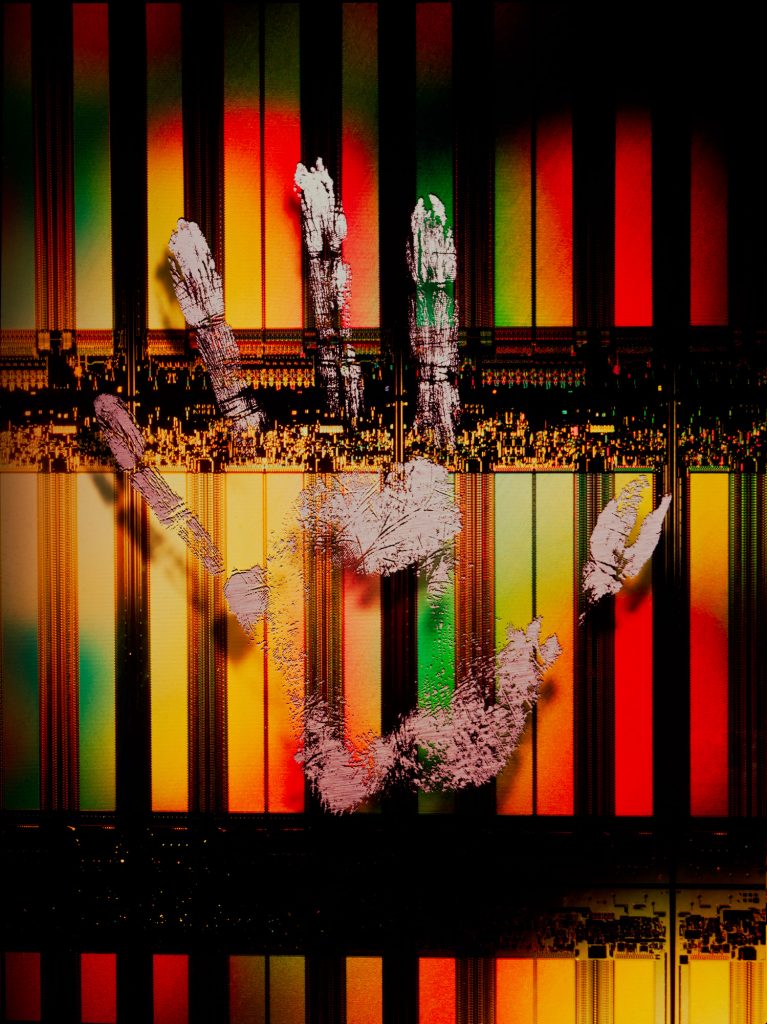
In more recent times, in our tech age, popular art has occasionally done things the other way round – only being recognized as representing something more important in high art terms, much later.
This collection of images started out with absolutely no high-flown fine art aspirations, other than those which inadvertently rubbed off onto it during production. The collection was produced merely targeting corporate need, at a point when companies where hungry to rebrand, signaling that their operations were ‘futuristic’ and they were getting into tech in a big way.
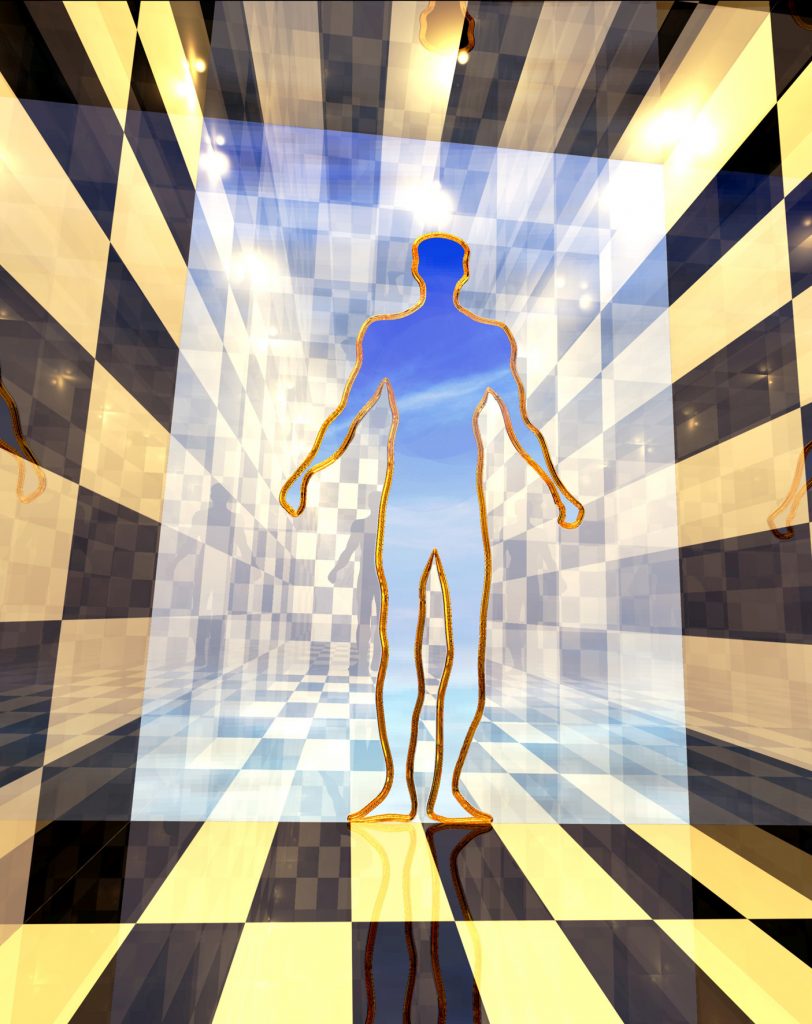
In the subsequent decades, ‘digital tech for tech’s sake’ had overstated its dream, lost its lure and then was forgotten. An overcautious corporate pivoted, to show its ‘natural’ or human face with wholesome/furry picture content, hoping not to left holding the ‘tech baby’ when the general public got tired of sitting in front of screens all day. Then Cryptoart came along to re-dramatize the digital ethos and it is ‘love all over again’.
Harmonic resonances might be discerned in Cryptoart, both to the initial celebration of tech for tech’s sake, of which my images were influential, but also unashamedly to early computer games graphic design, Computer games graphic design has grown to maturity meantime. Games designers were not looking back however, in the same sentimental way as many Cryptoartists. Their efforts were driving them to total photographic realism, the sooner the better.

If Cryptoart relies on non fungibility, there is an extra layer of compatibility which this specific ‘cultural island of legacy images offers. Non fungibility in this sense is simply that history cannot be changed and this collection is indisputably a ‘slice of the past’.
In the doldrums for decades, production of similar work by me and others dried up. This style of imagery has been scarce for decades and remains so even in advance of ‘minting’ further levels of scarcity – with the NFT process.
The image-making tech I used back then is scarce too, by virtue of being totally defunct. The unique hybrid digital analog production equipment was disposed of long ago.
Although I am working on new up-to-date art, I am not going backwards, stylistically or otherwise. No more work quite like this will be forthcoming from my hands. Hence a limited number of drops of this specific body of work.

HISTORY
What then is special about this collection in terms of historical precedent?
The work is unarguably a precursor of much the Cryptoart of today, on the basis of creation date alone. Aesthetics and design style are usually assessed on the basis of individual judgment. But judging origins done best after historic details are known.
A considerable amount has happened in technical and cultural terms since the mid-80s, to early 90’s, when these were ‘minted’. It difficult – even when one lived through it – to remember what was real back then. It is hard to project back and understand what turned eyes – to warrant this work be featured as these were – on magazine covers, ads and posters round the world.
There was nothing quite like it around in the stills/print world.at that time. The design style – occasionally referred to as ‘hitech’ or ‘futuretech’ by the marketers – once suggested the ‘big bad future’.
And now, somewhat In contrast, now for many, they appear as ‘techno cute’ and are perceived to exhibit a kind of naive retro charm.
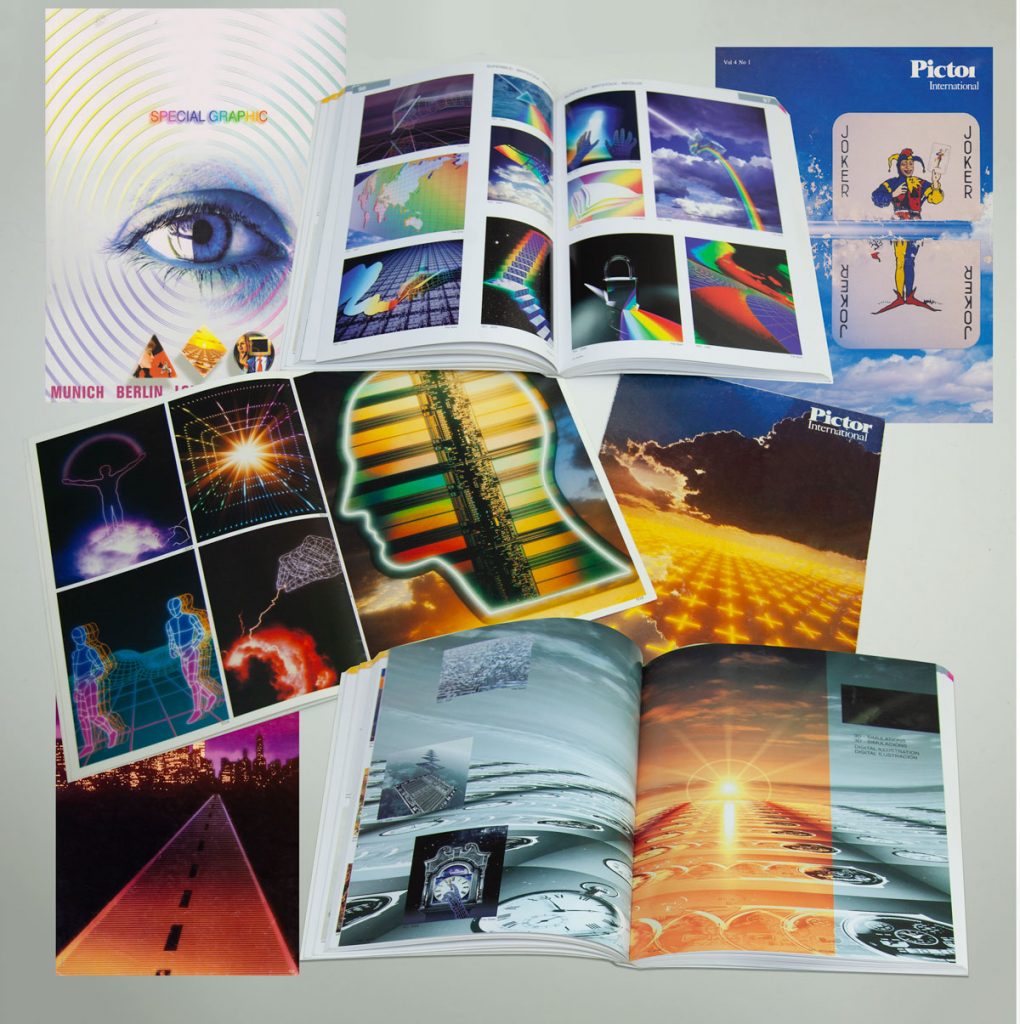
PROPOGATION
The wide popularization of these images starting around ’86-87, was in consequence of a daring leap by an international stock photo agency, who responded to my suggestions of this as a new adjunct to their regular business. They in turn promoted them to an unwitting international art and design market, which responded enthusiastically.
If for no other reason of brute force, the unusually wide dissemination of the work in promotional manner of the day (many thousands of print catalogs sent to agencies etc.), was certainly a significant factor, popularizing and defining an aesthetic for computer imagery beyond the design community.
The level of uptake at the time by publishers and designers, ‘respectablized’ the idea of computer graphics in the public imagination, importantly in the conservative business world.
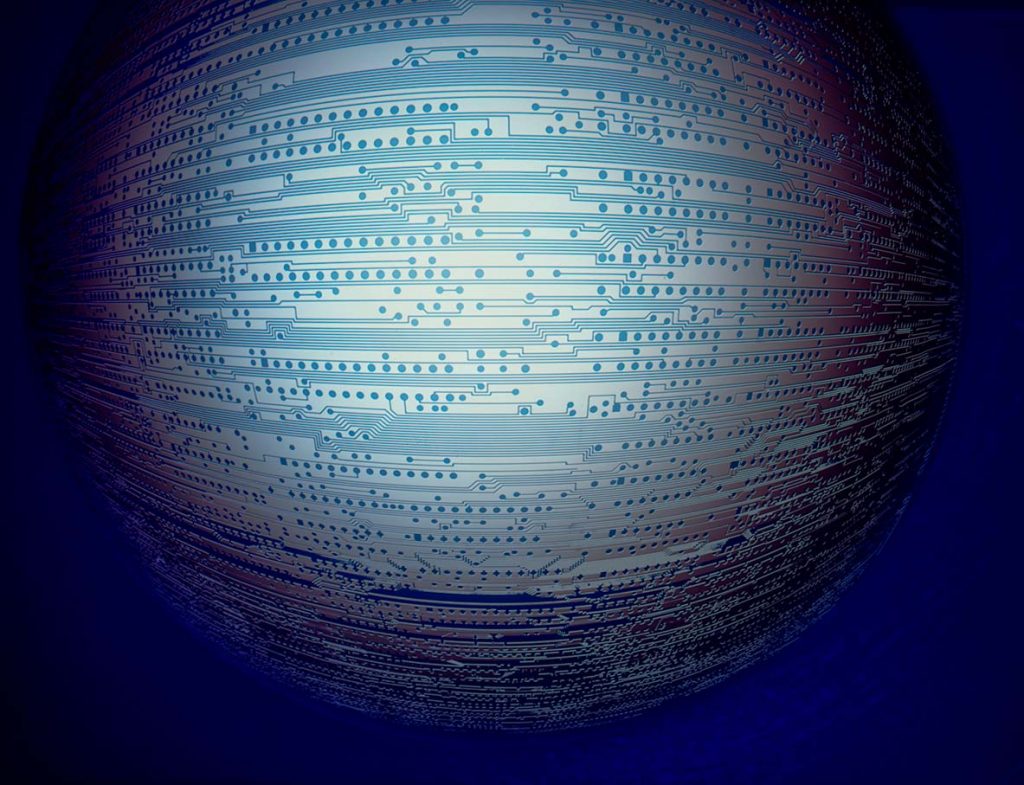
Business jumped at the chance to brand itself as participant in the new tech, at a time when high fidelity CG was not achievable by designers at any cost. No one could make images like this and for once, off the shelf images trumped ‘bespoke’.
And meantime the public was exposed to my readymade art work, in print and in exhibitions, fairs and even on TV (where quarter of a million dollar Quantel devices were being employed to do basic things such as throw titles and such like around on the screen).
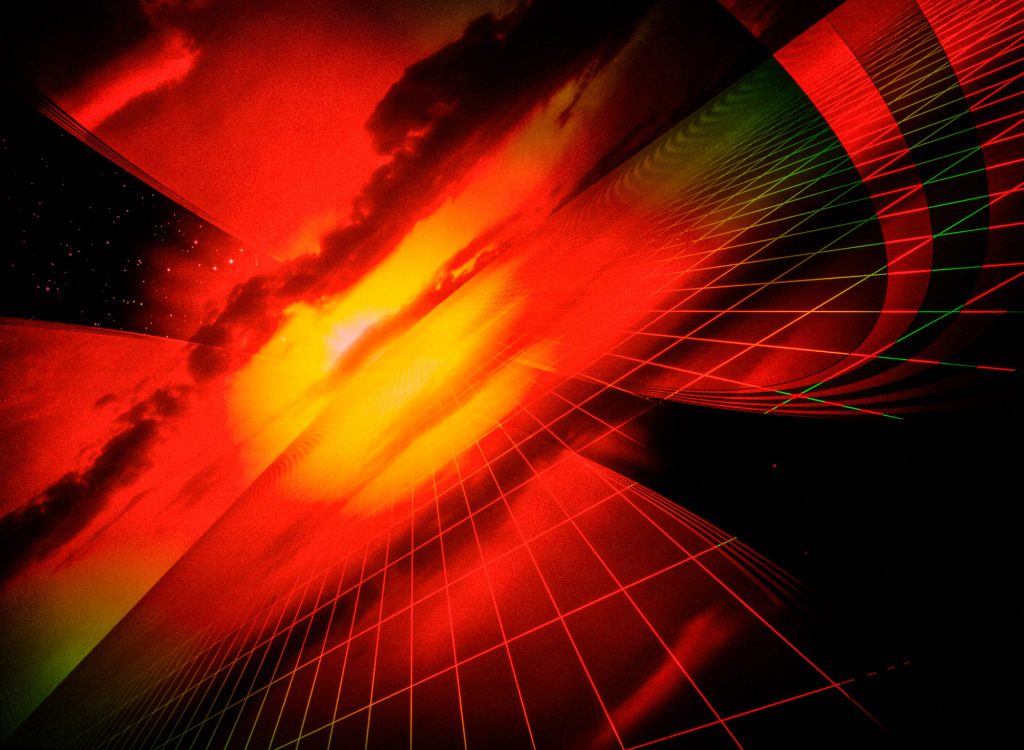
The release and success of these images initially precipitated a considerable bandwagon effect from competing image creators and suppliers, to the degree that, as time went on, it became hard to discriminate between the originators and the plagiarists. It took a couple of years for the competition to wake up but by the mid-90s, every stock agency collection had to include token images, copied from or inspired by these. No one as far as I know duplicated the production methods I used, with its particular subtle analog quality.
As with current waves of Cryptoart, the ‘bandwagon’ contributed as much, if not of more, to the notoriety of this type of work, and this particular collection of images, than the actual artistic creativity, or artistic merit, or the content.
Comparing aesthetics and marketing muscle: certainly one could not have happened without the other.
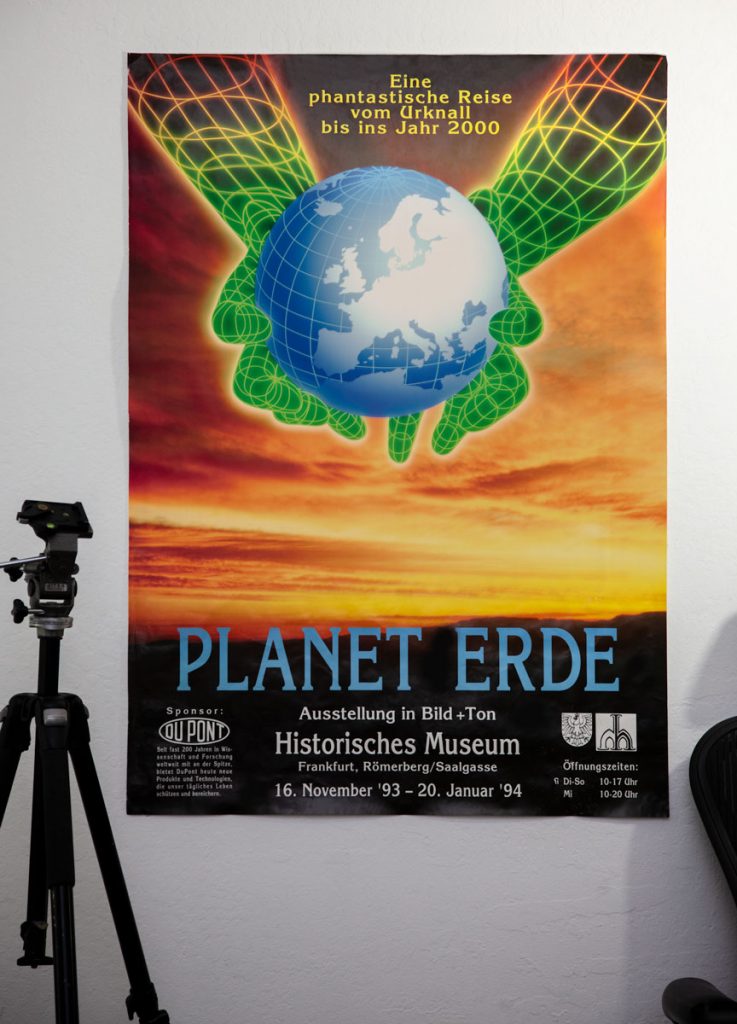
MAKING THE ORIGINAL IMAGES
Looking back, it would be easy to forget that, what set the content apart at the time, was not only the design, concept and artistic subject matter. A lack of available tools to make images such as these was another factor. The design concepts were somewhat contiguous to a tradition of science fiction illustration (which went way back.) and early, crude, but ‘real’ computer graphics. Computer generated imagery was self-consciously beginning to appear in movies where budgets were huge, but not in print. Print at that time could not justify development costs of one off assigned images to suite an art director’s whim.
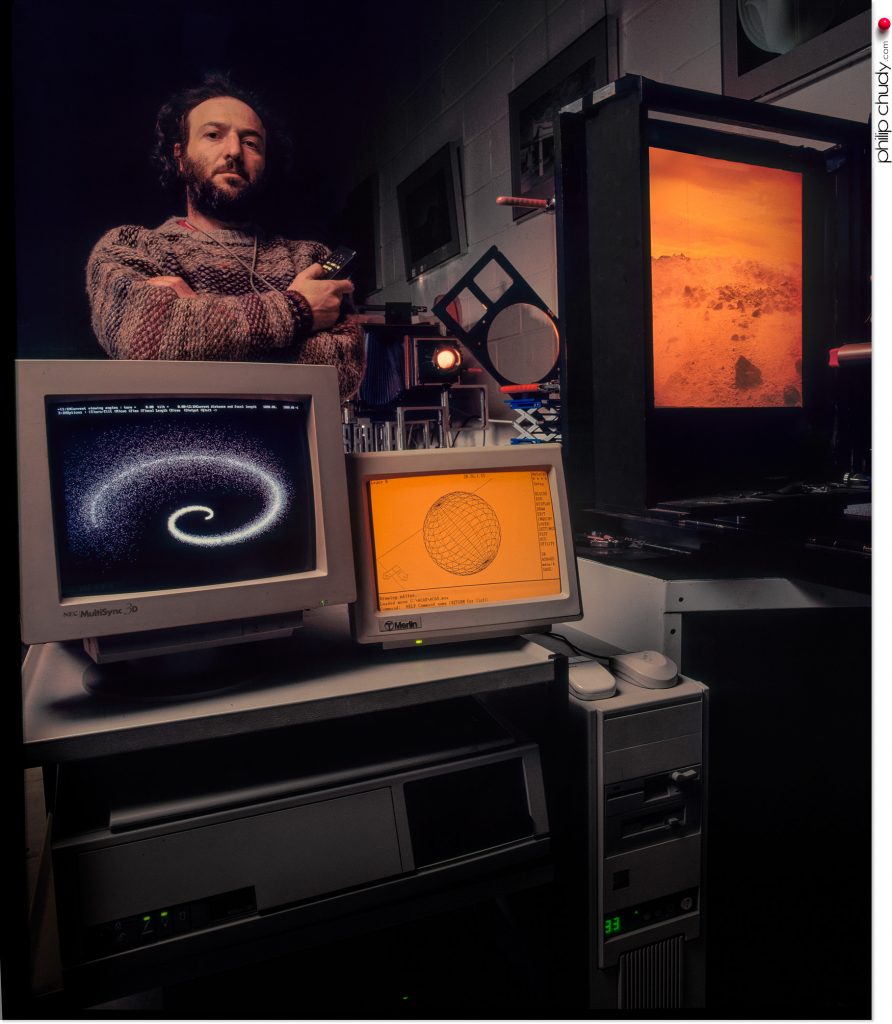
Real computer images then necessitated million dollar mainframe computers and custom low level programming. And artists with dual skills were almost nonexistent. For graphic print layout people the imminent release of the Macintosh II, with the first color monitor (640x480px), would define state of the art for personal computers in the design/art world. And that ‘art world’ did not yet even dream about extending that to even crude image manipulation – for press purposes or creative artistic pursuits. That would come some years later. There was no Windows in ’87. The world would have to wait for that too. It was released in 1992.
Even high budget movies were only just scratching the surface of CGI, capitalizing on ‘effects’ during that era, Meanwhile the movie industry really dreamed of the tool for delivering tangible photo realism on demand, not just lasers and glowing lines. The moving picture industry did not exist solely to service science fiction fans. Being able to make regular ‘non effects littered’ photographic movies and bypass impossible or expensive sets and sequences would serve their needs more comprehensively and would only come decades later.
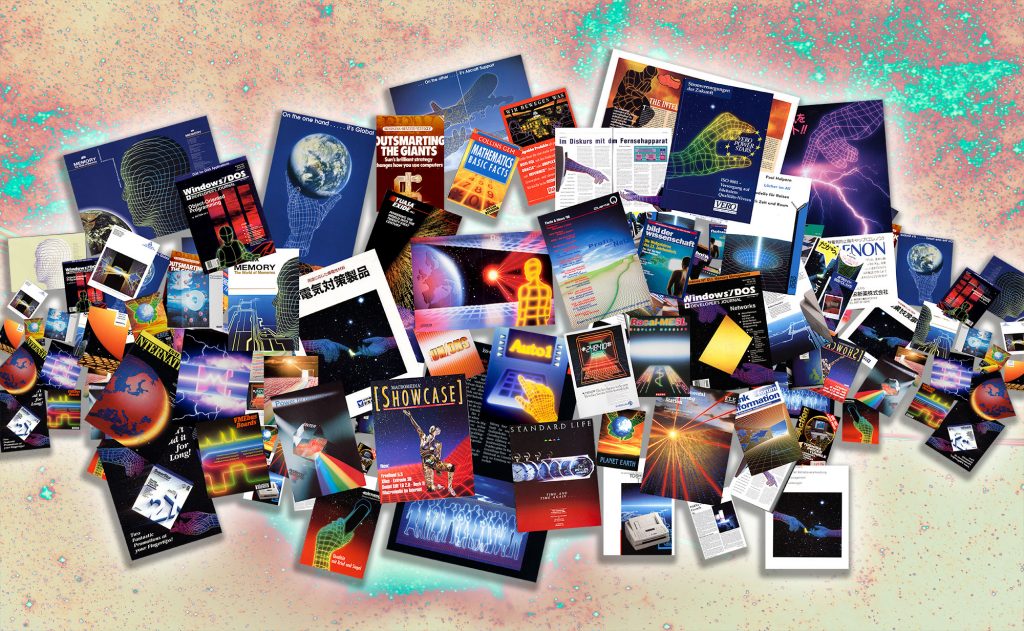
CRYPTOART TRASH
To a contemporary CGI operator’s eye, these images are undoubtedly technically crude or even primitive, yet strangely enough, as with much retro art, it is hard to replicate quite the same thing, with the same feel, with any level of artistic honesty these days.
This is mostly, because the technical limitations of the day defined the style. And now, it would be hard to produce the same kind of imagery with the same ‘naive but cutting edge enthusiasm’ as when working with those limitations was something a totally new and yet untested. In art and design worlds many things are copied and developed, but because it is only new once, it is unique and never ‘repeated’.

All is not to say that contemporary Cryptoart does not indulge itself in seemingly crude images. The crudity in current Cryptoart does echo and pay some kind of tribute to the design legacy which it imitates. By legacy, I refer back to when we unleashed these pics to the world in the 80’s/90’s. And it clearly pays considerable tribute to the icon designers of the first computer games. Those early computer games were current at the time this work was being produced.
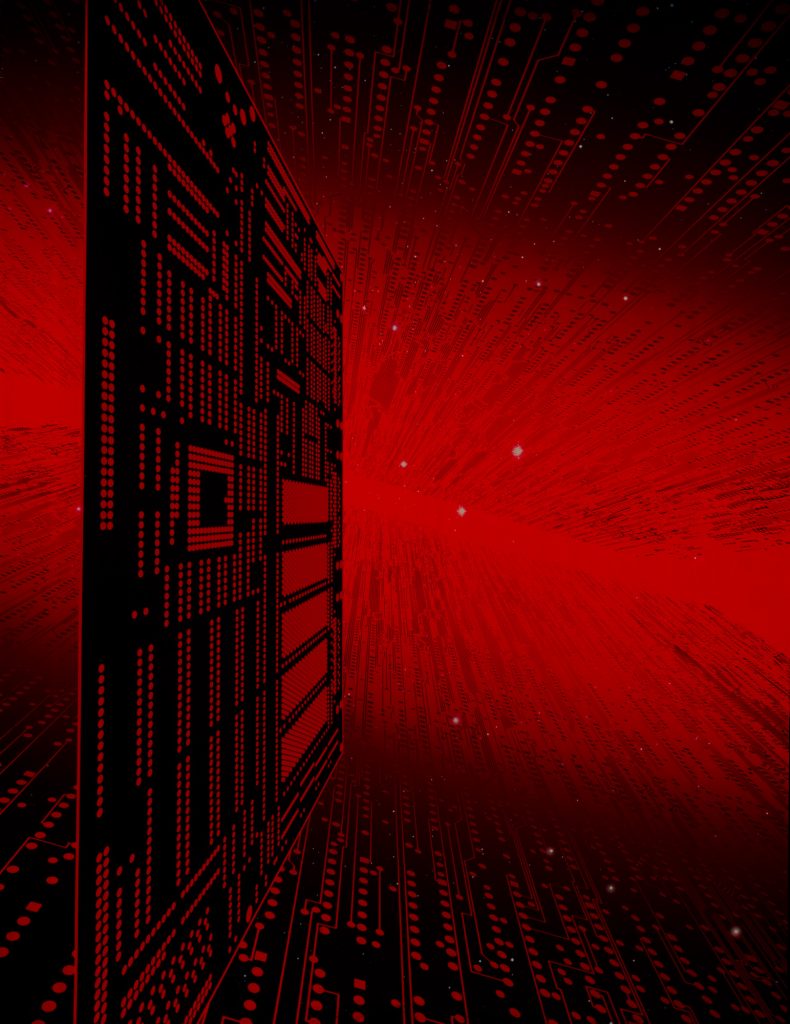
Much current Cryptoart plays naive/dumb, frequently reveling in a faux trash aesthetic. But in some senses it fails in the sense of not covering up the considerable sophistication of the artists who work it. There are many years of design aesthetic which have been distilled into most contemporary Cryptoart images, to say nothing of the tech, which permits the artist to choose precisely what they intend. Many of the current images, which might be described as generations removed from my early work, even as doodles, are closer to branding statements, or tools for tribal recognition, as opposed to the pretty naive voyage of discovery I undertook back then.
Computer games graphics back then, although intriguing because it was wondrous and so new, was considered ‘below basement’ in terms of high artistic merit, Other than corporate, who had to pretend that my work loaned them some industrial credibility. Both were regarded as representing lowbrow or even trash aesthetics.
Much of the current Cryptoart statement has its roots in and harks back to those early days, when in high art circles would then have been branded not just as techno trash, but total, unadulterated trash.
One technology tidal wave has passed over us since then, while the next big one is welling. Identifying with trash aesthetics a second time, when the first wave proved its unimaginable power, is at the same time a tongue in cheek parody of itself and an expression of considerable confidence.
SURREAL/PHOTO/CGI
For me, making contrived images is but one of a two part creative process. REAL LIFE PHOTOGRAPHY describes the other part
The art world is comfortable with contrived imagery. The finished contrived images contain evidence of what the artist knows, their dexterity, what they can do and what they chose to do. Using all those cues, it is simple to find something to assess in the work. The viewer feels included. An artist who is simply exploring new territory does not provide such easy evidence and the viewer who thinks that the art piece lives or dies on their praise or condemnation, can easily be left feeling alienated and irrelevant.

Imagination, creative and cultural cross referencing is integral in contrived images and it is often a binge fest of those qualities.
With this body of work I am prepared to go all out on these qualities, trumpets blaring.
That said, contrivance makes ones limitations plain to see. .
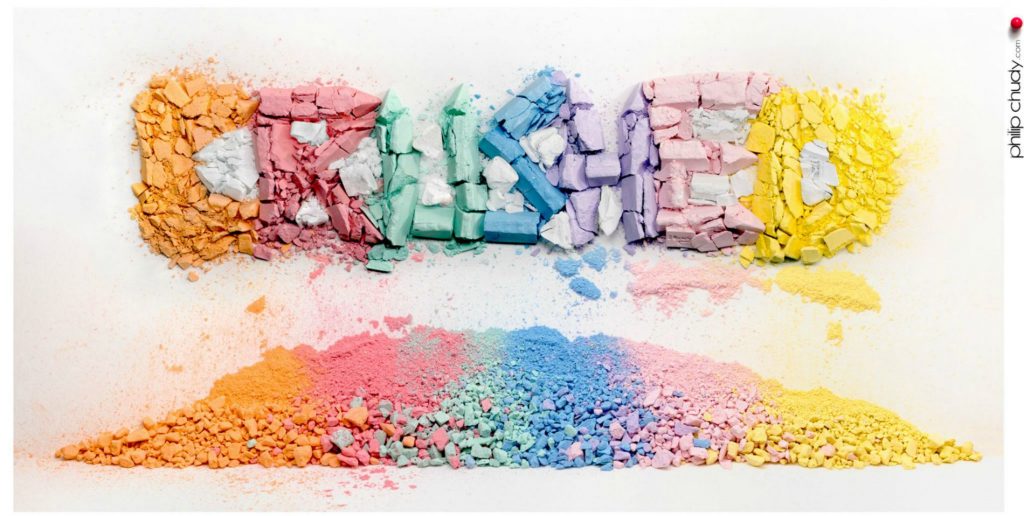
While contrived images provide narrative and make it easy on the viewer in many senses, it is not always so straightforward.
Images are often contrived to achieve non, or even anti-art ends. Propaganda, advertising try to be manipulative and are intended to channel or even suppress thought. This creates a tension and suspicion for viewers – especially in galleries/pure art spaces, where they feel as if they are meant to lower their defenses.
Surrealism is one way lightening that tension. Like a joke – it can imbue the work with furrowed brow purpose, and then it parodies the viewer from going along with it.
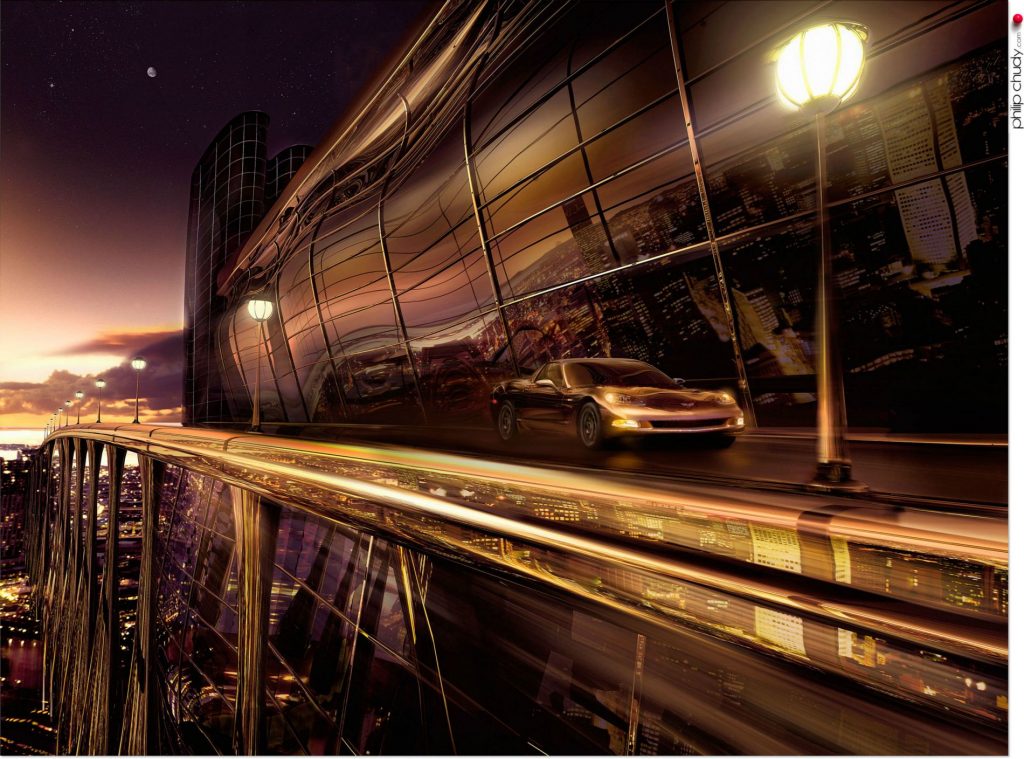
Photography represents visual things and CGI mostly lives or dies based on its ability to emulate them.
By default, CGI and photos (especially contrived ones) are assumed to have been created to serve some calculated purpose, other than art
Whereas I try to include Surreal elements in most of my contrived photography and CGI work to identify it as having been created as art, not to sell you snake oil, I am often prepared to go close to the bone and risk the viewer’s misunderstanding however.
Included in this category are images in the familiar object series. Still life images which are hyper real in their representation.

SPACE RETRO
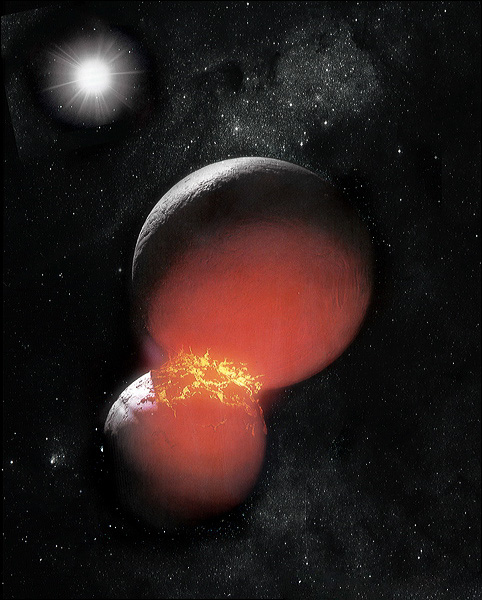
‘Universe: A Computer-Generated Voyage Through Time and Space’, a book, I co-authored, as image maker, in ’91, with famed astronomer Nigel Henbest. The idea of this book was to use the latest tech of the day (including early computers) to illustrate things which were essentially un-photographable. Un=photographable, either because the featured events and scenes are outside our time (like, ‘beginning of the universe’), or because spacecraft had not yet been there..
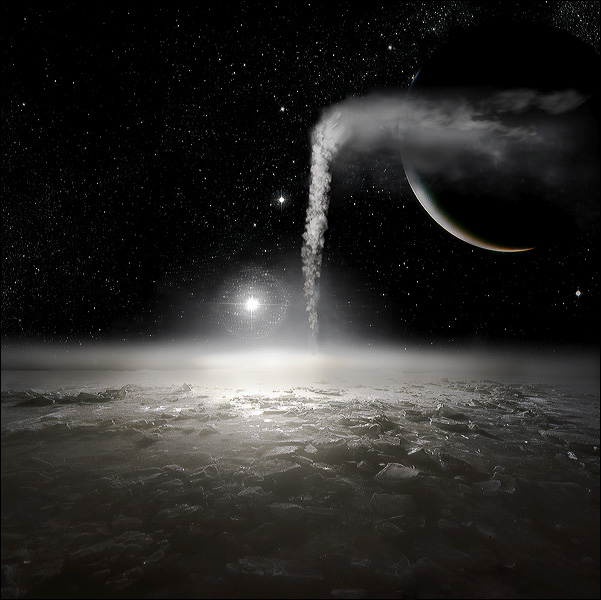
This is a small fairly interesting one-off collection. It is cute/quaint, not only because space technology has come so far in the last 30 years that many phenomena have been imaged ‘for real’. For example, I used a chunk of concrete as a comet and we now have numerous close up images of comets..

It is also quaint because many of most of the image making special effects techniques used for the book, were elaborate (such as using liquid nitrogen with frozen ice landscapes), but would never be used today now that we have 3D CGI. An illustrated blog entry on the subject – with behind the scene images – is here http://philipchudy.com/blog/?p=3520
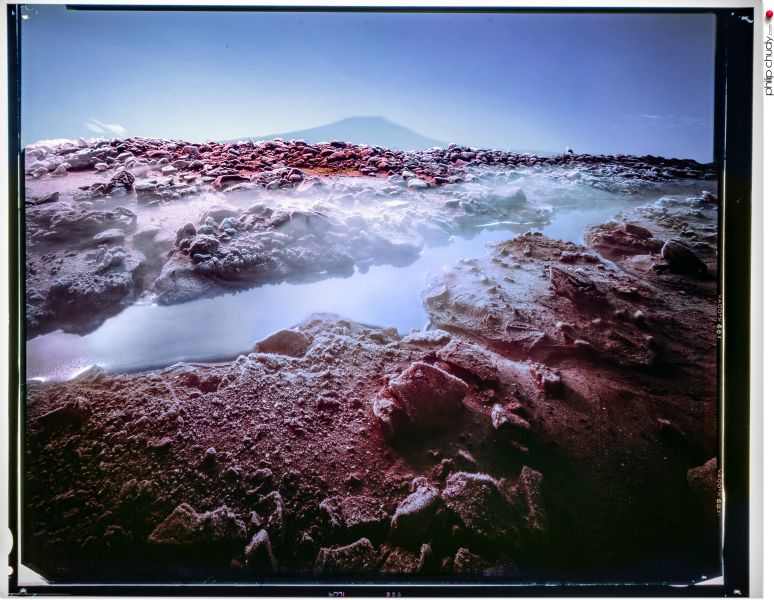
REAL LIFE PHOTOGRAPY

In contrast to SURREAL PHOTO/CGI this category comprises gallery style fine art photography produced over decades.
My intention is to select a small number of iconic images to be minted as NFT’s. Narration in photography is often important, suggesting the possibility of minting collections/series’.

REAL LIFE PHOTOGRAPHY images were produced in a quest, to try to understand and appreciate uncontrived reality. This, rather than to document or create a subservient message based narrative, in service of a philosophy, social or political initiative.
Wonder, magic and discovery are the watchwords, rather than ‘making a statement‘..

The images contain selected representations of often mundane reality. Early work is mostly 8″x10″/5″x4″ view camera film images of Africa and Europe (people places and things). US images cover Suburbia. Burning Man, Landscapes and Summer Fairs,
